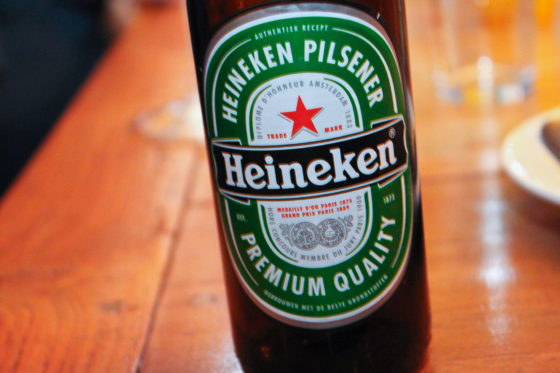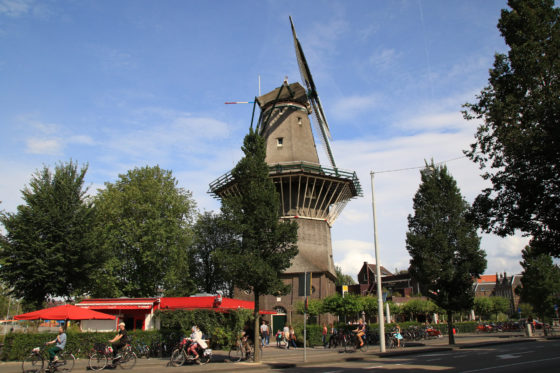Cheers To Amsterdam
Gouda. Tulips. Windmills. While these may be just some of the things for which Amsterdam – and Holland – is best known, there is another: the local brews. Amsterdam is home to several of the most popular ales in Holland and around the world. Most notably? Amstel, Heineken and the smaller Brouwerij ‘t IJ brewery.
Created on June 11, 1870, Amstel Bier has been a part of Holland’s history for nearly 150 years and was named for the Amstel River – which also provided a form of refrigeration for Amstel. To help preserve the beer, ice from the canals was stored in specially-built double-walled cellars.
While Amstel was mostly consumed in Amsterdam in its early years, the beer was exported as early as 1883 to the Dutch East Indies and Great Britain. Over the course of its history, Amstel made a name for itself and gained popularity throughout the world for its unique recipe.
In 1968, Heineken International – another famous Dutch beer – took over Amstel’s ownership and production was moved to the primary Heineken operations in Zoeterwoude, Holland.

Heineken’s own history dates back almost as early as that of Amstel. In 1873, a young Dutch entrepreneur by the name of Gerard Heineken bought a patch of land in the centre of Amsterdam, and thus Heineken was born.
Two years later, in 1875, Heineken was awarded the Medaille D’Or during the International Maritime Exposition held in Paris. Soon after, the company began to ship there regularly, making Heineken the largest beer exporter to the country of France.
This pale lager beer, known especially for its signature green bottle and red star, was also the first European ale to be imported into the United States once prohibition dissolved in 1933. Funnily enough, though, this trademarked green bottle was only available outside of the country until February 2013 – the year Heineken adopted the familiar green ones in Holland as well. (For the previous 80 years, the beloved Heineken bottles were a simple brown colour.)
Given Heineken’s long and interesting history, it’s no surprise the Heineken Experience Museum offers an engaging, behind-the-scenes tour of the company’s origins and facilities for visitors and locals alike. The museum also happens to be the original production facility where Gerard Heineken initially began making the brew. Today, some 25 million Heinekens are served daily across more than 190 countries around the world.
Whereas Heineken is known across the globe, the Brouwerij ‘t IJ – named for the nearby IJ body of water – is a newer and smaller brewery in the heart of Amsterdam. Located in what used to be an older municipal bath house, it sits beside the largest wooden windmill in all of Holland… the iconic De Gooyer windmill.

With its remarkable landmark and important part of the city’s history, a tour here of the Funenkade brewery is a must. Tours are conducted in both English and Dutch, and the brewery includes an outdoor terrace to enjoy more samples.
The Brouwerij ‘t IJ was founded by in 1985 by Kaspar Peterson, a former musician turned local brewer and entrepreneur who sought out a facility for his home brew. As a band member of local musical group Drukwerk, Peterson had grown an affinity for Belgian-style beers while on tour. Unable to find similar locally-brewed beers, Peterson made the decision to try out this new venture. The result, of course, was the Brouwerij ‘t IJ brewery. Today, the company brews eight types of beer, along with three seasonal ones and some limited edition ales.
Peterson’s hard work ultimately paid off, and his brewery eventually became one of the most successful in the city. Some 20 yeas later, Peterson handed over the reins to Bart Obertop and Patrick Hendrikse who took control and continue to brew these distinct beers.
However you decide to say “Cheers” in Amsterdam, no visit to this beautiful canal city is complete without a tour (or two) of the some of the city’s most preferred and popular local beers. Here’s to you!

Leave a Reply